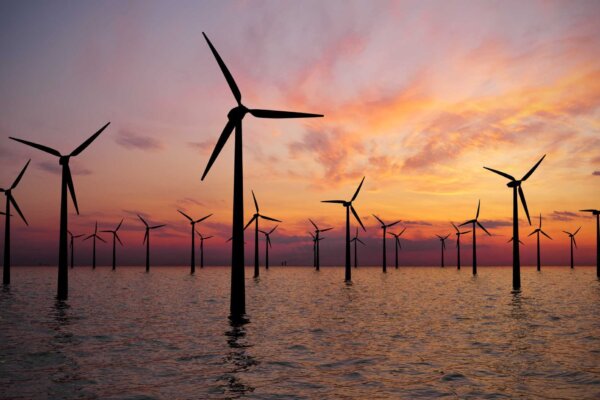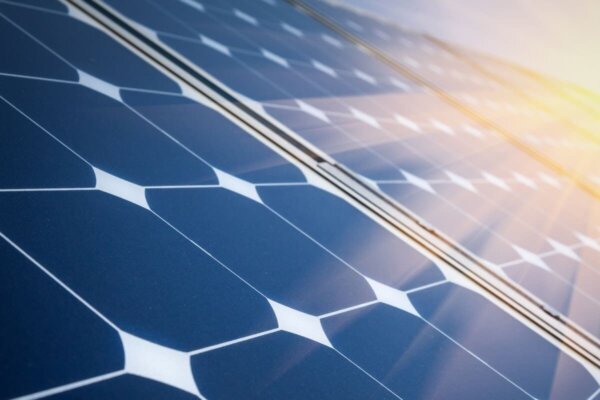UK sees record-breaking year for installation of rooftop solar panels
The demand for rooftop solar panels by businesses and households across the UK has reached a 12-year high5. Last year, over 180,000 installations took place, while the number of installed heat pumps increased by 25% compared to 2022, signalling growing awareness and commitment to the adoption of sustainable technologies as the UK transitions to net zero.
You can find more information here.
Growth in global renewable capacity increases by almost 50% in 2023
In its Renewables 2023 report, the IEA has revealed rapid expansion among solar, wind and other renewable energy sources over the past year. Last year, the world increased construction of renewable capacity by almost 50% to nearly 510GW, marking a new record for growth. This has prompted the IEA to increase its prediction for the growth of renewable capacity over the next five years – an encouraging sign of worldwide progress towards the COP28 goal of tripling global renewable energy capacity by 20306.
To learn more, you can read the IEA’s Renewables 2023 report by clicking here.
New consultation launched on proposed expansions to CfD scheme
The UK Government has published a new consultation seeking views on changes to its Contracts for Difference (CfD) scheme, which supports investment into renewable electricity by guaranteeing a price per unit of electricity generated. Proposals for Allocation Round 7 (AR7) include expanding the scope of CfD to co-located generation projects, as well as repowering projects, which are aimed at recommissioning and upgrading onshore wind infrastructure7. The Government’s consultation is open to all interested stakeholders until March 7th, 2024.
To learn more about proposed changes to CfD, or to respond to the Government’s consultation, click here.


